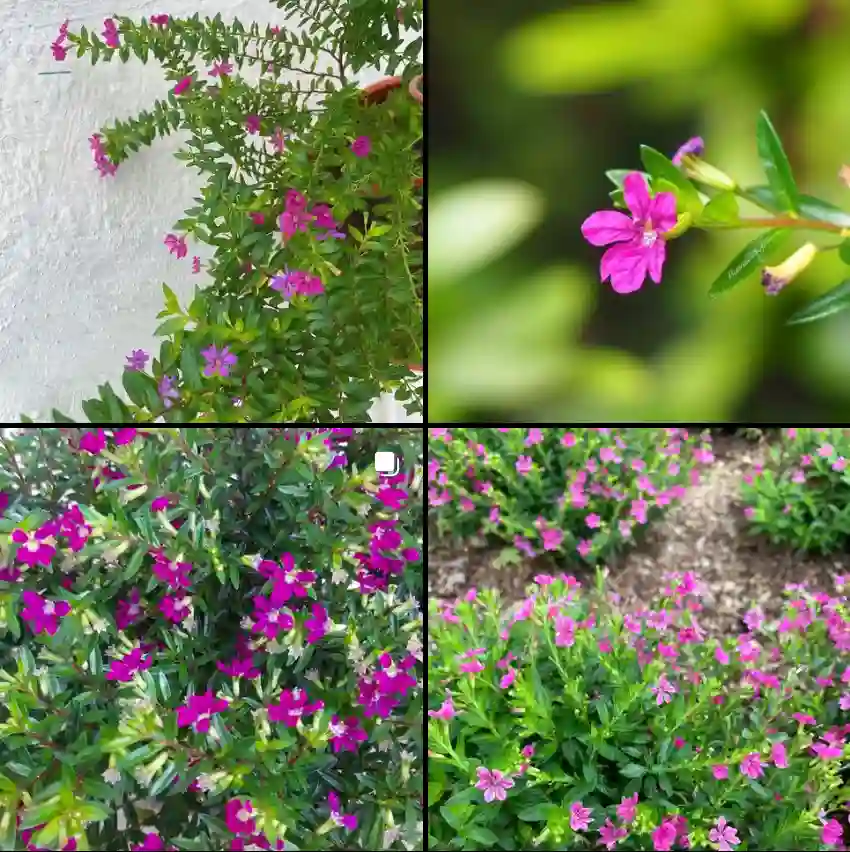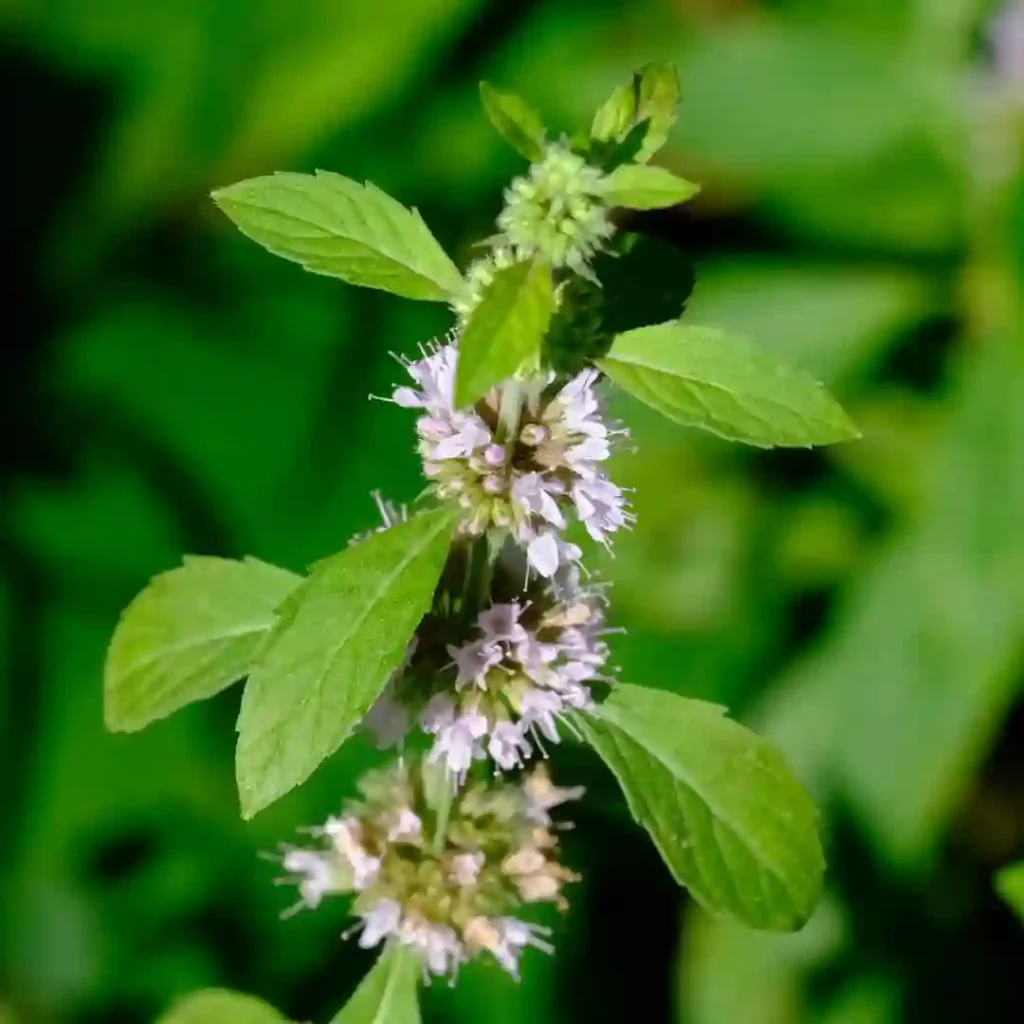
What is Croton Magnificent?
I’m Ferb Vu, and I’m here to talk about the Croton Magnificent, a houseplant that’s as stunning as its name suggests. This tropical beauty boasts a kaleidoscope of colors on its leathery leaves, making it a true conversation starter in any room. But beyond its vibrant looks, the Croton Magnificent is a surprisingly resilient plant with proper care.
Croton Magnificent vs Petra
When I tried growing Croton Magnificent and Croton Petra, I noticed some clear differences. The Magnificent had these bold, broad leaves with a mix of deep red, orange, and yellow, creating a vivid contrast that really stood out in my garden. The Petra, on the other hand, had a more subtle and elegant palette with its green leaves dotted with red and orange veins. I found that while the Magnificent was more of a showstopper, the Petra offered a more understated, sophisticated look that complemented other plants better. The Petra also seemed a bit more tolerant of varying light conditions compared to the Magnificent, which thrived best in bright, direct light.
Where Should I Place My Croton Magnificent?
Think sunshine! The Croton Magnificent thrives in bright, indirect sunlight. Aim for 4 to 6 hours a day. Direct sunlight can scorch the leaves, so avoid south-facing windows. North-facing windows might not provide enough light, leading to leggy growth and muted colors.
East or west-facing windows with sheer curtains are ideal. If your home lacks sufficient natural light, consider supplementing with grow lights.
How Often Should I Hydrate My Croton Magnificent?
The Croton Magnificent prefers consistent moisture, but not soggy soil. The key is finding the balance. Stick your finger into the soil – if the top inch feels dry, it’s watering time. Aim for deep watering until water runs out the drainage holes. Discard the excess water to prevent root rot.
Remember, underwatering is better than overwatering. During winter, when growth slows, water less frequently.
Does My Croton Magnificent Need Fertilizer?
Yes, but not constantly. A balanced, diluted liquid fertilizer applied during the growing season (spring and summer) is sufficient. Once a month or every two months will do. Avoid over-fertilizing, which can cause mineral build-up and damage the leaves.
Skip fertilizing during fall and winter.
What’s the Perfect Temperature for My Croton Magnificent?
Think tropical paradise. The Croton Magnificent thrives in warm temperatures between 65°F and 80°F (18°C – 27°C). Avoid sudden temperature drops or cold drafts, which can stress the plant and lead to leaf drop.
Does My Croton Magnificent Need Extra Moisture in the Air?
Ideally, yes. Dry air can cause the edges of the leaves to brown and curl. Grouping your Croton Magnificent with other humidity-loving plants can help. Alternatively, use a pebble tray filled with water placed underneath the pot (but ensure the pot doesn’t sit directly in the water). A humidifier is another option, especially during dry winter months.
How Big Does My Croton Magnificent Get?
With proper care, your Croton Magnificent can reach a height of 6 to 10 feet (1.8 – 3 meters) indoors.
Can I Prune My Croton Magnificent?
Absolutely! Pruning encourages bushier growth and keeps your plant in check. Use sharp, sterilized pruners to remove leggy stems, dead leaves, or to shape the plant. Pruning also promotes new growth at the cut points.
Wear gloves when pruning, as the sap can irritate the skin.
Common Croton Magnificent Woes: How Can I Diagnose Problems?
Leaf Loss: This can be caused by various factors like underwatering, overwatering, sudden changes in temperature or light, or pests. Address the underlying cause and your plant should recover.
Fading Colors: Lack of light is the usual culprit. Move your plant to a brighter location.
Brown or Yellow Leaves: This could be due to underwatering, overwatering, or mineral build-up from excessive fertilization. Adjust your watering routine and consider flushing the soil with water to remove excess salts.
Pests: Watch out for mealybugs, spider mites, and scale insects. These can be treated with insecticidal soap or neem oil.
Croton Care Compared to Other Houseplants
Peace Lily: Both enjoy moderate to bright, indirect light and consistent moisture. However, the Peace Lily prefers higher humidity and cooler temperatures than the Croton Magnificent.
Snake Plant: Both are low-maintenance plants tolerant of neglect. However, the Snake Plant thrives in brighter light and requires even less watering than the Croton Magnificent.
ZZ Plant: Similar to the Croton Magnificent in terms of light and watering needs, the ZZ Plant is even more forgiving of neglect.
The Croton Magnificent might not be the easiest houseplant, but its stunning foliage rewards you for the extra effort. With proper care, this dazzling diva can bring a touch of the tropics to your home for years to come.
If i die, water my plants!



